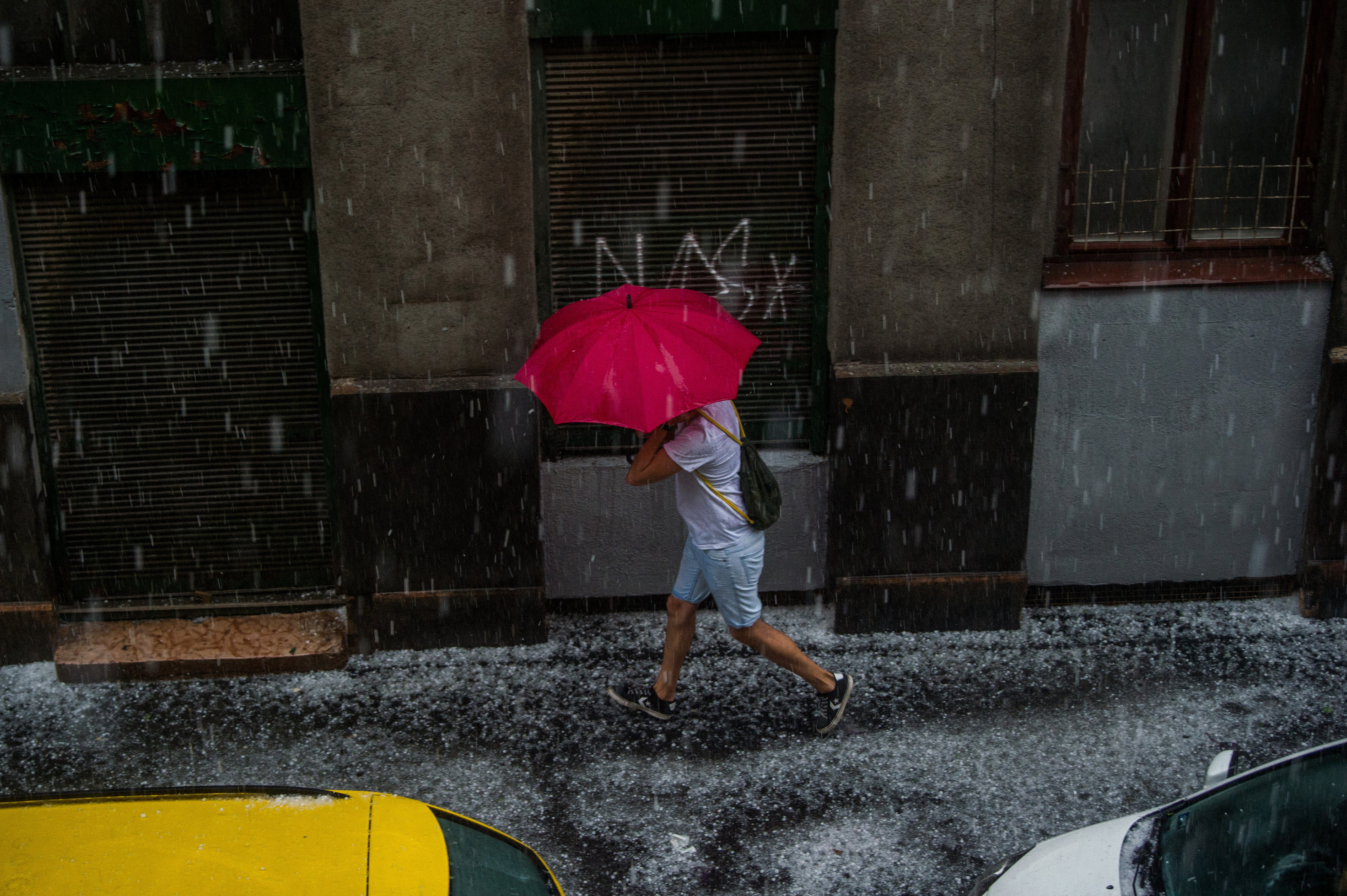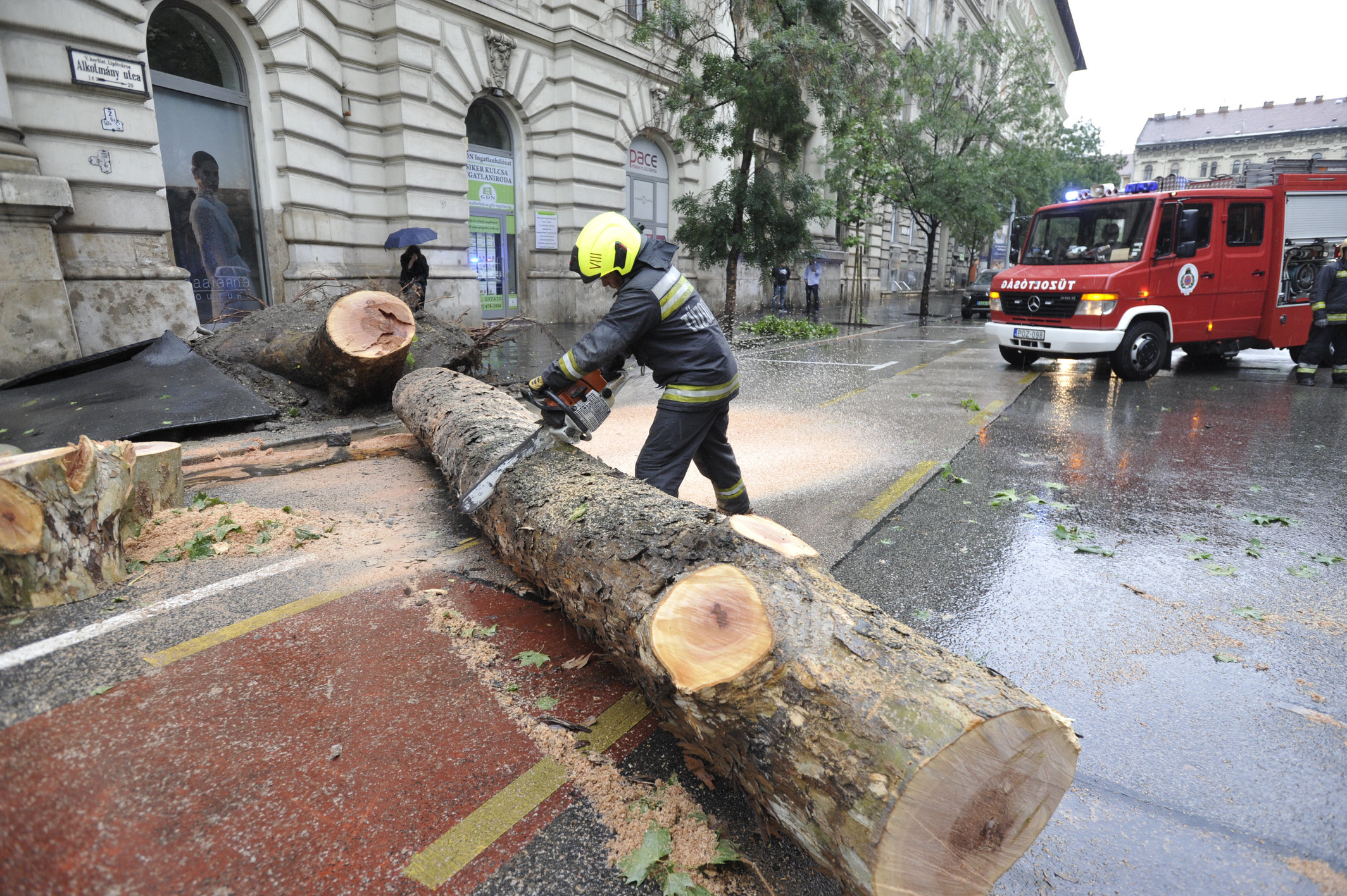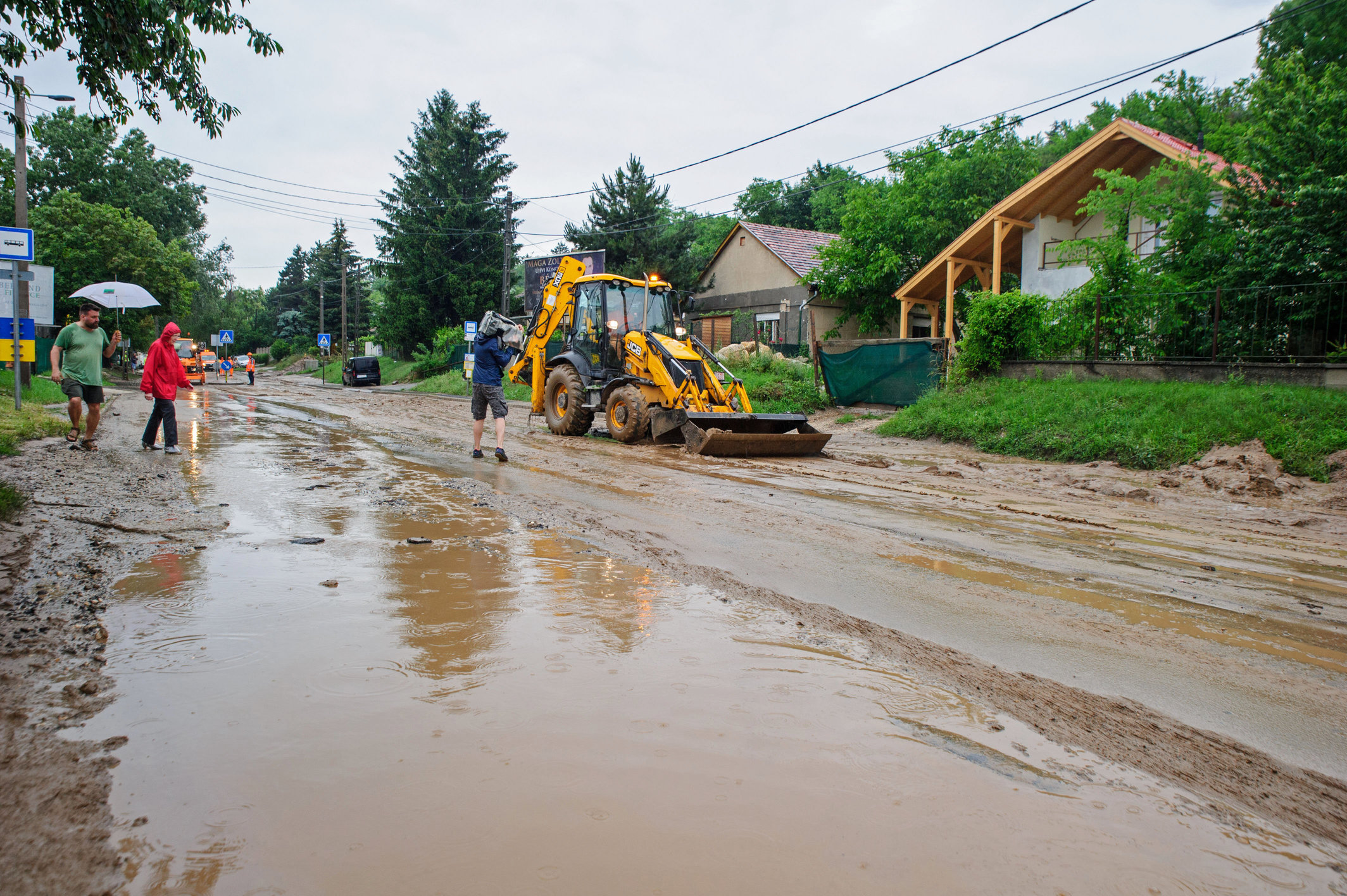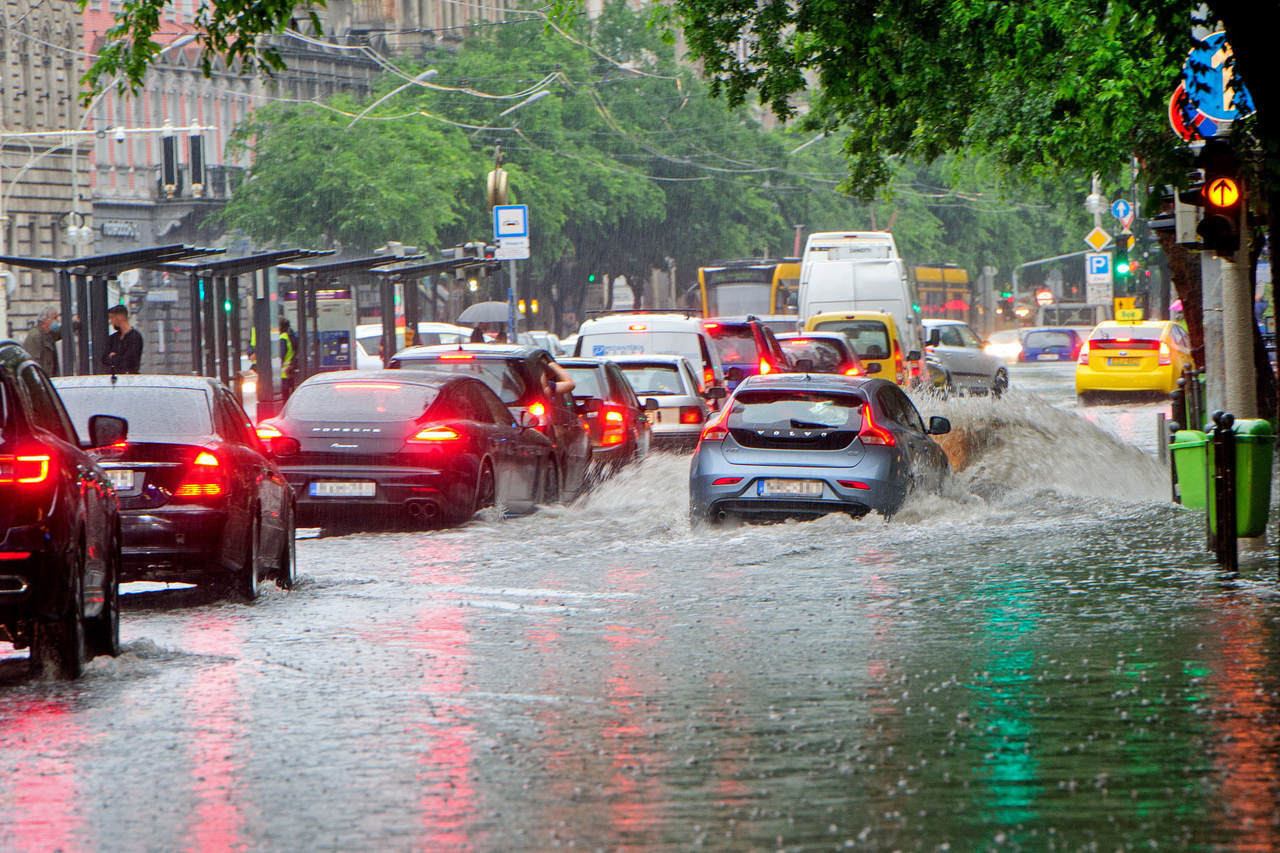Data shows how temperature changes, water shortages and rising sea levels may impact some of the world’s most popular cities in the next three decades.
● Bangkok, Thailand may experience the greatest climate change by 2050, with the highest risk of flooding from rising sea-levels and a temperature increase of 1.67°C.
● Nairobi, Kenya may experience the biggest overall climate shift by 2050, moving from a Temperate Humid Warm Summer climate to a Tropical Savanna Wet Summer climate type, and a 2.31°C temperature increase.
● Melbourne, Australia may experience the greatest water stress increase, where demand will be double the supply by 2040.
● Ho Chi Minh City, Vietnam, and Amsterdam, Netherlands are the 2nd and 3rd cities respectively potentially set to experience the greatest climate shift by 2050.
Berlin, Germany, January, 2020 — A study revealing how the climate will shift by 2050 in major cities around the globe has been released by apartment rentals platform, Nestpick.com. Climate change is at the forefront of many people’s minds, but most especially Millennials, Gen-Zs and the forthcoming younger generations. Shifting weather patterns will have the largest impact on the upcoming demographics’ lives, and will likely be a deciding factor for where they ultimately choose to settle.
To understand how some of the most popular cities in the world will be affected by climate change, the apartment platform set out to determine how potential temperature shifts, water shortages and rising sea-levels could impact our planet in the next twenty to thirty years. Nestpick hopes that this study will not only help those looking to relocate to make informed decisions about how climate change may impact their chosen city, but also add to the growing debate about how the correct legislation and safeguarding procedures can be put in place to ensure the longevity and liveability of these cities.
How the study was conducted
Before beginning the study, it was important for Nestpick to acknowledge the difficulty of climate change prediction, and the added challenge of presenting climate data in a way that is easily understandable. To undertake this challenge, several existing research methodologies from established climate change experts and reports were consulted to build the framework for the research. These include Jean-Francois Bastin, an Ecologist at the University of Ghent, the Koppen-Geiger climate classification system, the World Resources Institute data on water shortages, and more. A list of 85 cities which featured in top tourist destinations lists for Gen Z and Millennials, and which were also covered in these existing studies, was then finalised. Looking at climate categorisation, average temperature, sea-level changes and water stress, the cities which are predicted to experience the highest and lowest climate change shift between now and 2050 were determined.
Please note that this study does not take into account current spending on countermeasures or how this may impact predicted climate shifts.
Key Findings
The key findings below all reveal scores out of 100, where the higher the score, the greater the potential climate shift impact between now and 2050.
The table below shows the top 10 cities with the highest Total Score, indicating the greatest predicted overall climate change by 2050:
1. Bangkok, Thailand
2. Ho Chi Minh City, Vietnam
3. Amsterdam, Netherlands
4. Shenzhen, China
5. Melbourne, Australia
6. Cardiff, UK
7. Seoul, South Korea
8. Boston, USA
9. Nairobi, Kenya
10. Marrakesh, Morocco
…
36. Budapest, Hungary
The table below shows the top 10 cities with the largest Climate Shift Score, indicating the greatest shift in temperature and climate type by 2050:
1. Nairobi, Kenya
2. Seoul, South Korea
3. Chicago, USA
4. Toronto, Canada
5. Beijing, China
6. Boston, USA
7. Kiev, Ukraine
8. Shenzhen, China
9. Helsinki, Finland
10. St. Petersburg, Russia
…
18. Budapest, Hungary
The table below shows the top 10 cities with the greatest Water Stress Increase Score, indicating those cities where the demand vs. supply ratio for water has the largest predicted increase between now
and 2040:
- Melbourne, Australia
- Santiago, Chile
- Istanbul, Turkey
- Marrakesh, Morocco
- Sydney, Australia
- Jerusalem, Israel
- Cape Town, South Africa
- Denver, USA
- Dubai, UAE
- Singapore, Singapore
…
29. Budapest, Hungary
The table below shows the top 10 cities with the greatest Potential Sea-Level Rise Impact Score, indicating those cities most at risk of flooding in 2050:
1. Bangkok, Thailand
2. Amsterdam, Netherlands
3. Ho Chi Minh City, Vietnam
4. Cardiff, UK
5. New Orleans, USA
6. Manila, Philippines
7. London, UK
8. Shenzhen, China
9. Hamburg, Germany
10. Dubai, UAE
…
55. Budapest, Hungary
Further Findings
● Of the high-income countries included in the index, Amsterdam, Netherlands, Melbourne, Australia and Cardiff, UK face the greatest potential climate change impacts by 2050.
● Of the upper-middle income countries included in the index, Bangkok, Thailand, Shenzhen, China and Istanbul, Turkey face the greatest potential climate change impacts by 2050.
● Of the lower-middle income countries included in the index, Ho Chi Minh City, Vietnam, Nairobi, Kenya and Marrakesh, Morocco face the greatest potential climate change impacts by 2050.
● Ljubljana, Slovenia has the greatest potential temperature shift by 2050 of 3.53°C, followed by US Cities Cincinnati (3.38°C) and Baltimore (3.35°C).
● Rio de Janeiro has the smallest potential temperature shift by 2050 of 0.95°C, followed by Belfast, UK (1.10°C) and Cape Town, South Africa (1.11°C).
● Singapore, Singapore, Sydney, Australia and Phnom Penh, Cambodia have the lowest Climate Shift Scores in the index, indicating that their climates may not alter drastically in the next thirty years, as compared to other cities included in the study.
● Doha, Qatar may have the worst water stress by 2040, with a predicted demand vs. supply of 51.21, followed by Barcelona, Spain (35.98) and Denver, USA (18.28).
● 72 cities in the index have a Water Stress Increase Score of 1.00, indicating that it is likely that there will only be a minimal difference in their water demand vs. supply between now and 2040.
● Marseille, France, Orlando, USA and Rio de Janeiro, Brazil have the lowest total climate change scores, indicating that these cities may experience the least dramatic shift in climate between now and 2050 overall, as compared to other cities included in the index.
Quotes
“These results are eye-opening to our team at Nestpick, as a number of the cities which will undergo the most drastic changes in climate over the next three decades such as Bangkok and Amsterdam are some of the most popular destinations with expats and contractors looking for opportunities abroad.
Millennials, Gen Z-ers and those even younger will increasingly need to keep climate change in mind when searching for the city they would like to eventually settle in,” comments Ömer Kücükdere, Founder and CEO at Nestpick. “Governments need to be aware of potential changes coming so that they can mitigate damage.
Please find the complete methodology and full data set on the results page
































